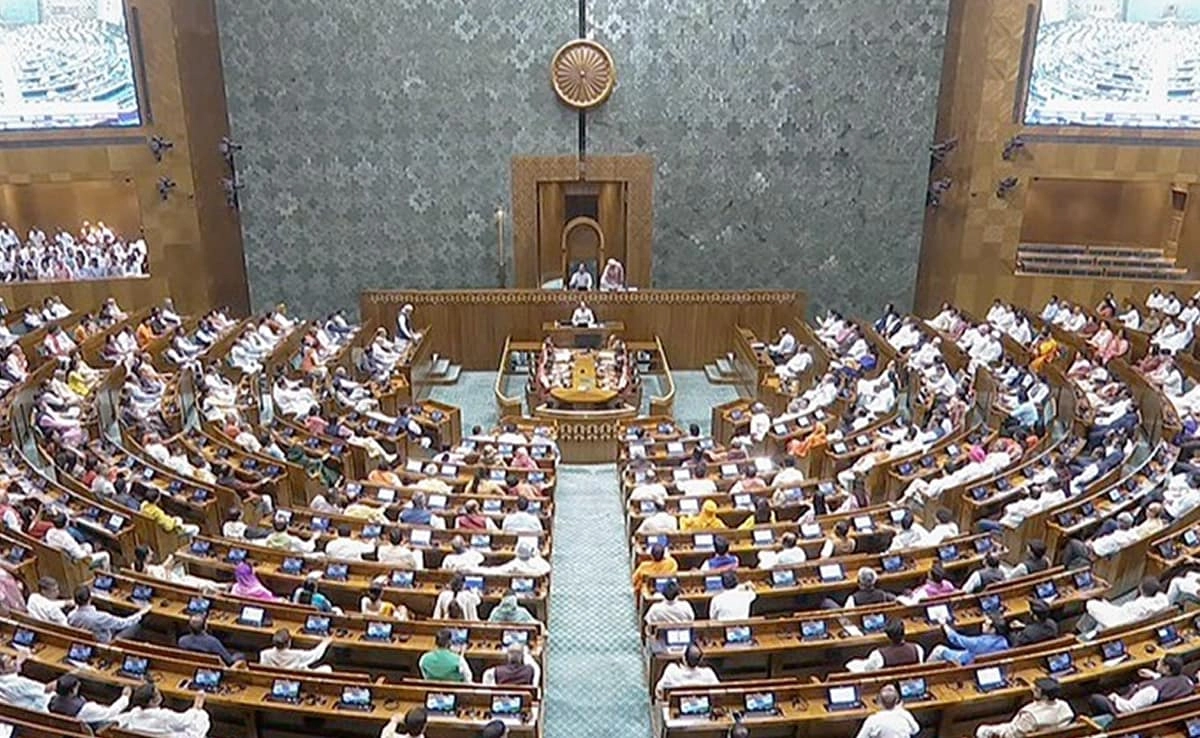In a tragic sequence of events, Afghanistan was struck by a powerful earthquake measuring 5.2 on the Richter scale, just under 48 hours after a devastating quake claimed the lives of approximately 1,400 people. The initial earthquake, which wreaked havoc in several regions, left communities shattered and infrastructure severely damaged. As rescue and recovery efforts were underway, the subsequent tremor added to the despair, complicating the already challenging situation faced by survivors and aid workers.
The aftermath of the first quake was marked by widespread destruction, with entire villages flattened and countless families left homeless. Emergency services, although stretched thin, mobilized quickly to provide assistance, yet the scale of the disaster overwhelmed local resources. The loss of life was compounded by the fact that many areas were already struggling with limited access to healthcare and basic necessities, making the response to the crisis even more urgent.
As the new tremor struck, fear and panic rippled through affected communities, reigniting concerns about the safety of aftershocks. Residents who had begun to recover from the initial shock were once again faced with the daunting reality of potential further devastation. Humanitarian organizations, already on the ground to assist with the initial disaster, now had to recalibrate their strategies to address a rapidly evolving crisis, ensuring that aid reached those in urgent need amidst the chaos. The situation remains dire, highlighting the vulnerability of the region to natural disasters and the critical need for sustained international support in the wake of such catastrophic events.




